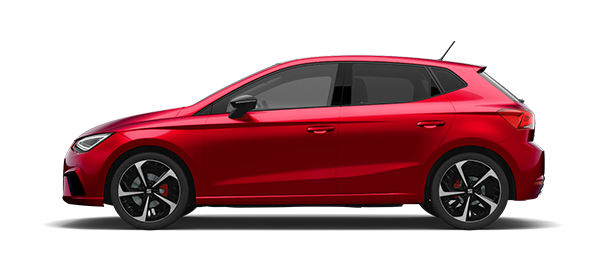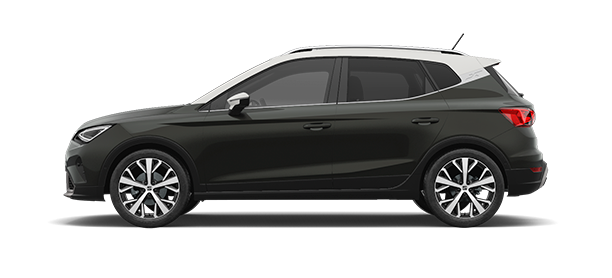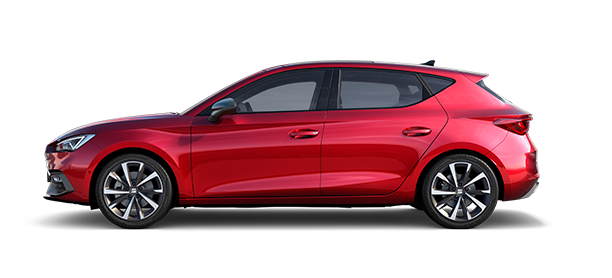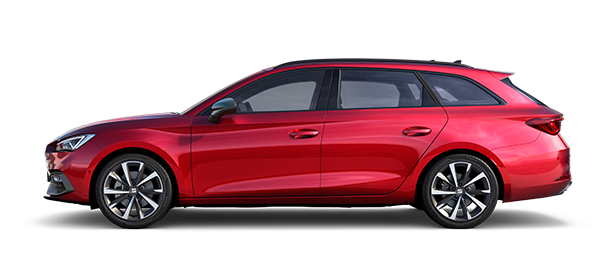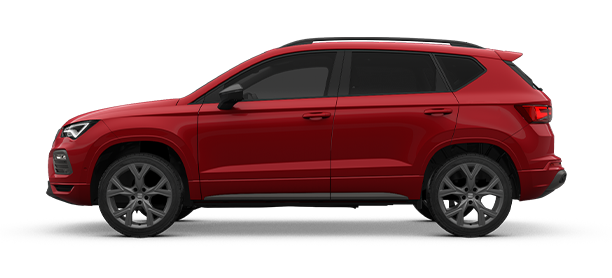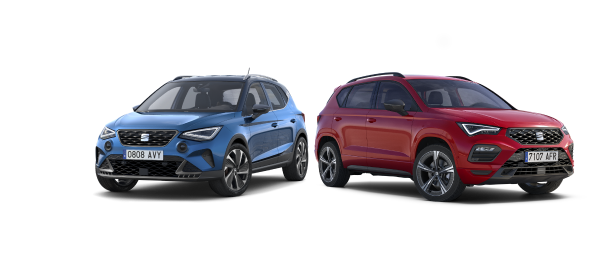As the most massive holiday departure operation is about to begin at the start of the month of August, many people will be travelling on the road in an all-electric car. According to the European Automobile Manufacturers Association (ACEA), the market share of electric vehicles virtually doubled in the European Union in the first quarter of 2022 compared to the same period last year. For this reason, an expert from SEAT S.A. offers 5 tips for travelling on electric wheels this summer.
1. Plan your trip.
With vacations around the corner, more and more drivers are choosing electric cars.
It’s important to prepare ahead of time. Study the routes you’re going to take and make sure you know where the charging stations are. “Select a few for possible stops along the way, taking into account both the driver’s rest needs and the car’s charging needs” recommends Josep Bons, head of Electrical and Electronic Development at SEAT S.A. It’s better to locate more than one station in case the first option is busy or out of service.
2. Precondition your car.
The air conditioning system of an electric car consumes energy from the battery, which means that optimal management of the car’s air conditioning could result in a longer range. For this reason, you should maintain a constant temperature of 22ºC inside your vehicle. Before setting off, it’s advisable to roll down the windows for a few minutes to ventilate the car. During the journey, keeping the windows up will optimise range by ensuring better aerodynamic performance. “Roll them up before starting and turn on the air conditioning gradually until it reaches 22°C” says the engineer. “This tip will help you save battery life during the journey” he adds.
3. Charge it fully.
Leave home with fully charged batteries. However, throughout the journey, we recommend that the charge level is always between 30% and 80%. “This will save you time at the station as the last stage of charging is the most time-consuming” says Josep.
4. Drive efficiently.
Efficient driving is always recommended for a sustainable driving experience, but it will also help save battery power. “Anticipation is key” says Josep. He adds: “Easing up on the accelerator and avoiding hard braking will help the battery charge last longer.”
5. Make the most of your free time.
Planning your route and making rational use of air conditioning are two of the tips suggested.
Recharging doesn’t have to be boring. According to Josep, “depending on the charger, it can take as little as 20 minutes. With slow-chargers, it’ll take between 6 and 8 hours” but the key is to make the most of this time. Depending on the option you select and with prior planning of the route, during the recharge you can take time out to enjoy an ice cream, go sightseeing or spend time with friends, family or fellow travellers. It can also be a good opportunity to let the battery recharge overnight while resting in a boutique hotel.





